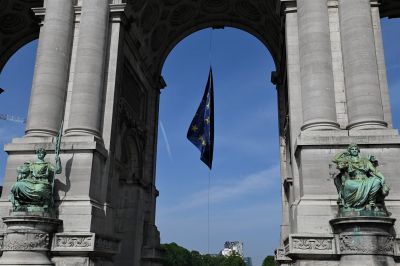9 May 1950 – 9 May 2021
By the end of the Second World War Europe is in shambles. Its industry is a mere shadow of its former self and the continent hardly has any weight on the international scene. The major world powers distrust one another. The bloody 1939-1945 armed conflict turns into another kind of struggle, the “Cold War”. In 1946 Winston Churchill evokes an “Iron Curtain” dividing Europe in two rival halves and creating two German States. The curtain becomes a physical reality in 1961, when the Berlin Wall is built. Two world visions oppose one another and support different unification strategies. The federalists defend a European government pooling national sovereignties. The other side favours a mere association of States.
This intergovernmental system, inspired on a British idea, sees the light of day in 1949, with the creation in London of the European Council – the first international parliamentary assembly in history – and the European Court of Human Rights. Their permanent seat is established in Strasburg, a city symbolizing the reconciliation between France and Germany. The federal project emerges when Robert Schuman calls for a “shared high authority” controlling production of steel and coal on 9 May 1950: the European Steel and Coal Community. In 1957 six countries sigh the Rome Treaties instituting the European Economic Community (with a parliamentary assembly in Strasburg) and the European Atomic Energy Community. The declaration of 9 May 1950, a.k.a. the Schuman Declaration, is seen as the founding text of European unification.



